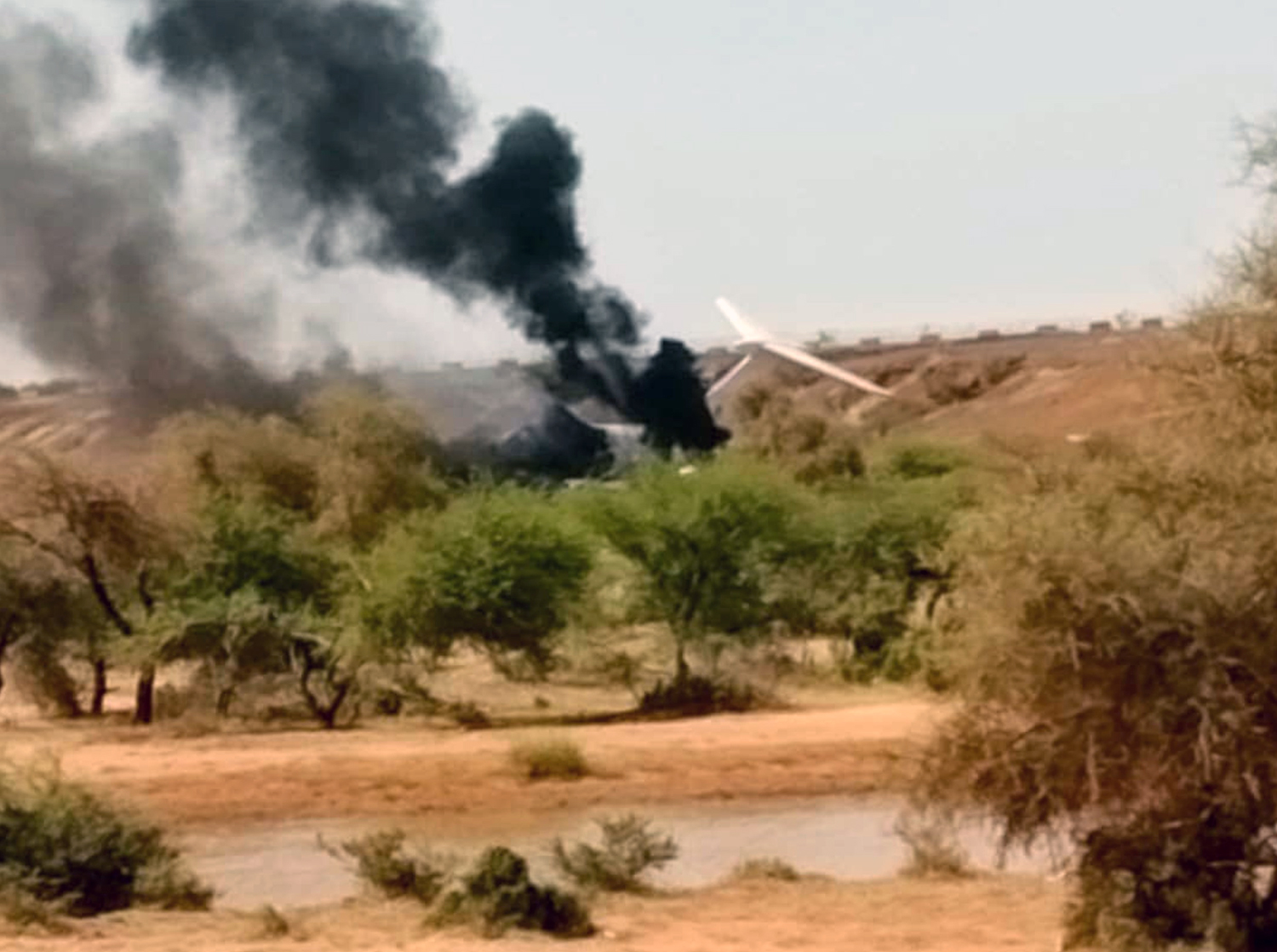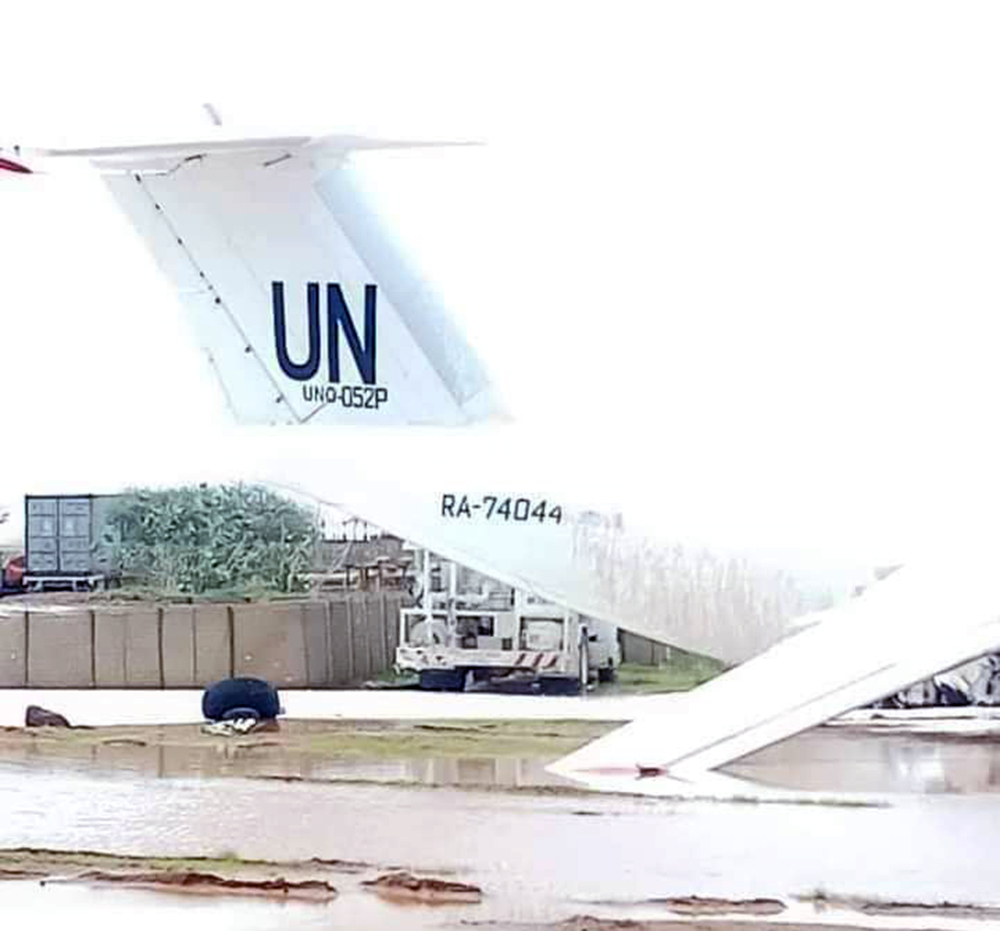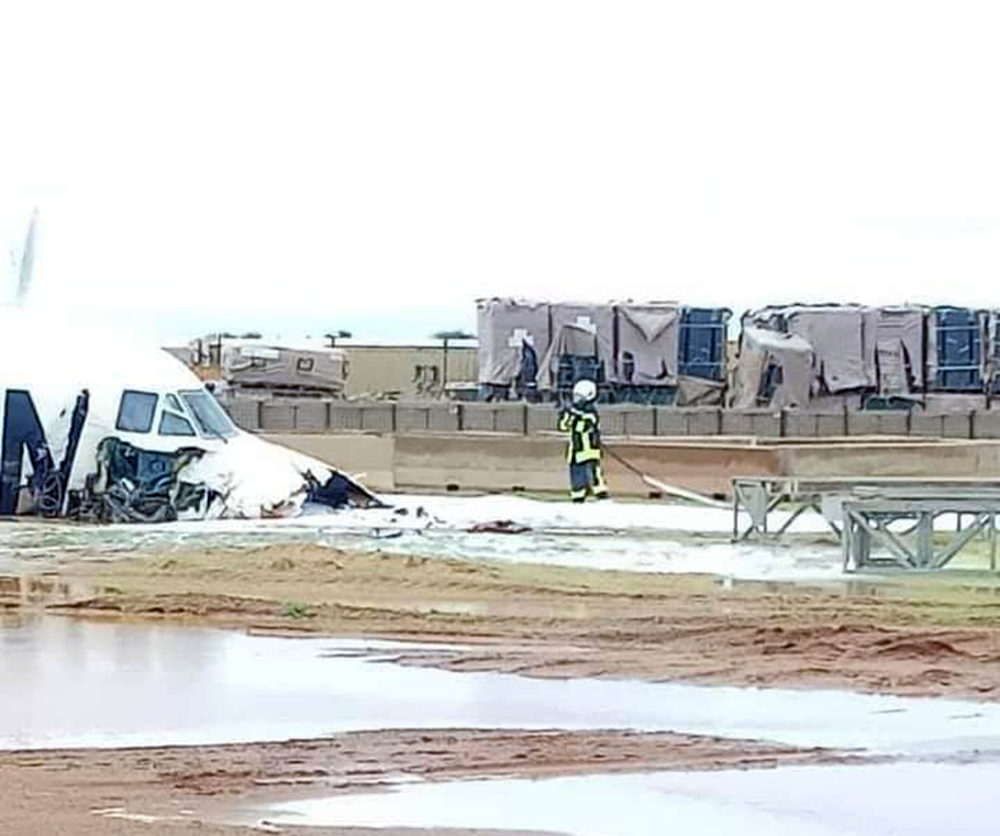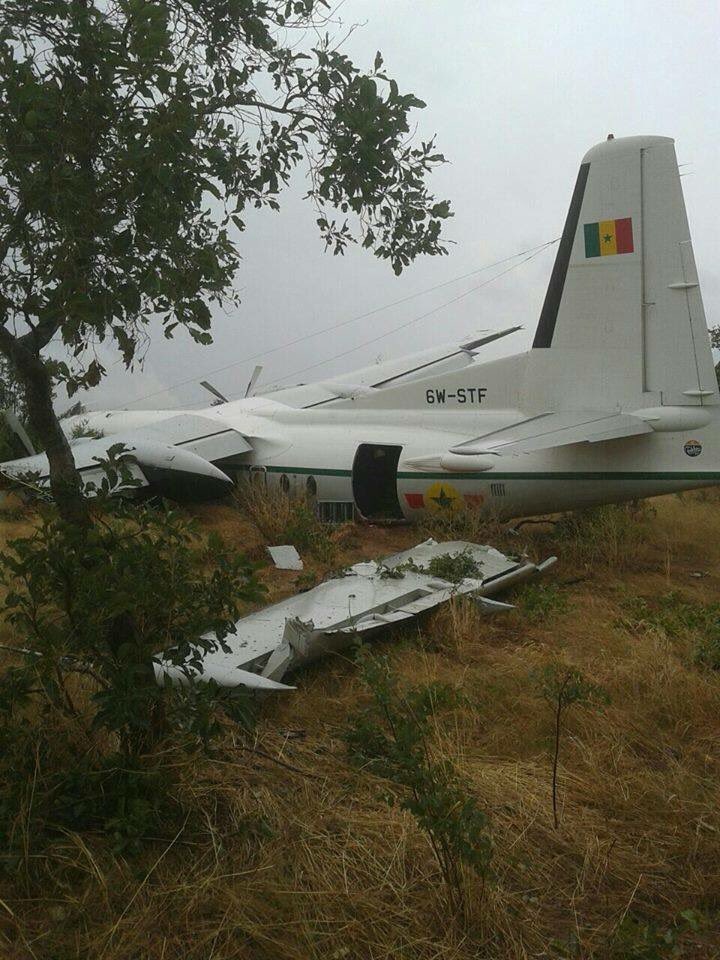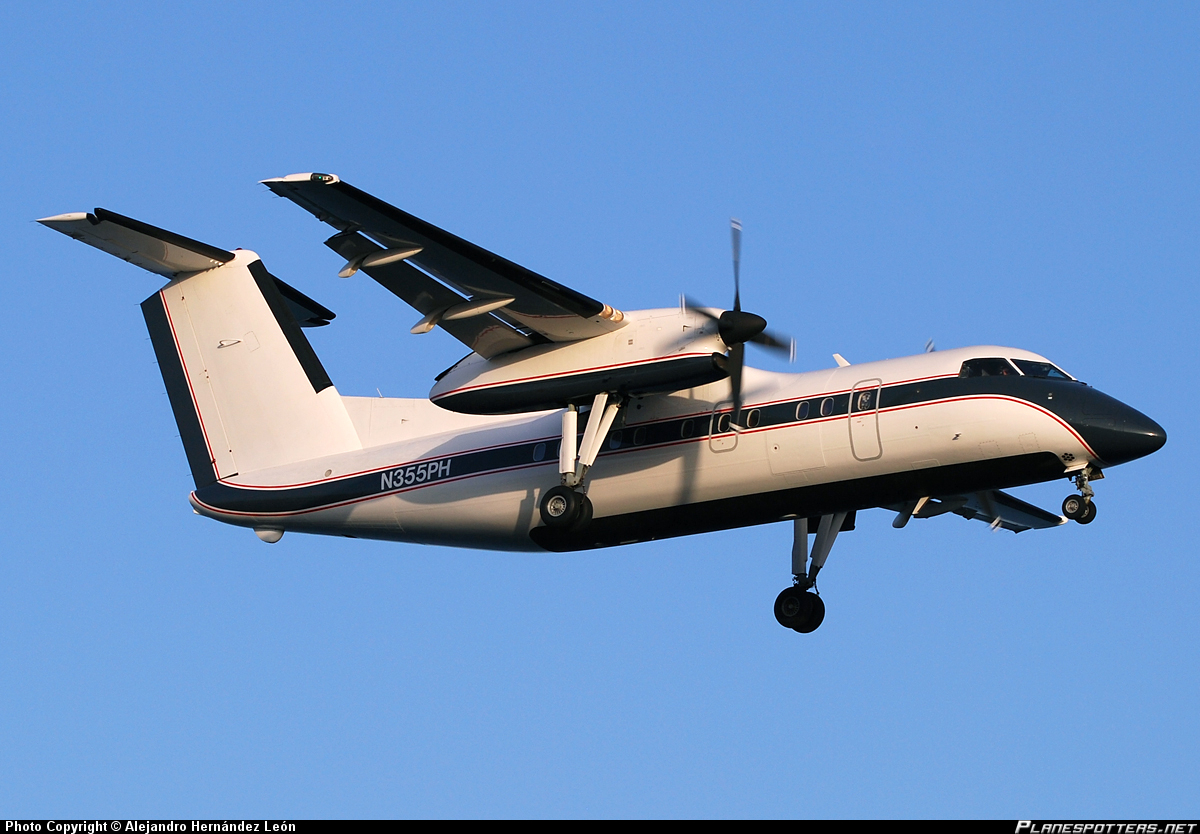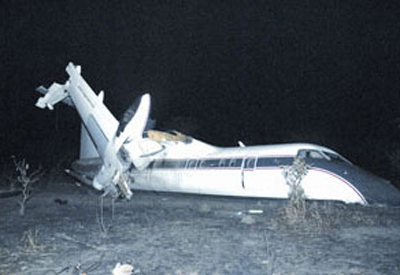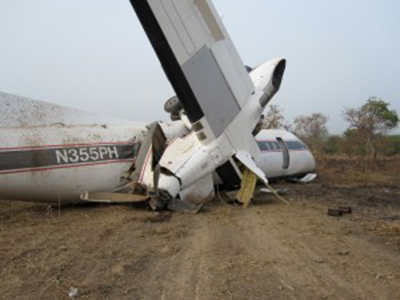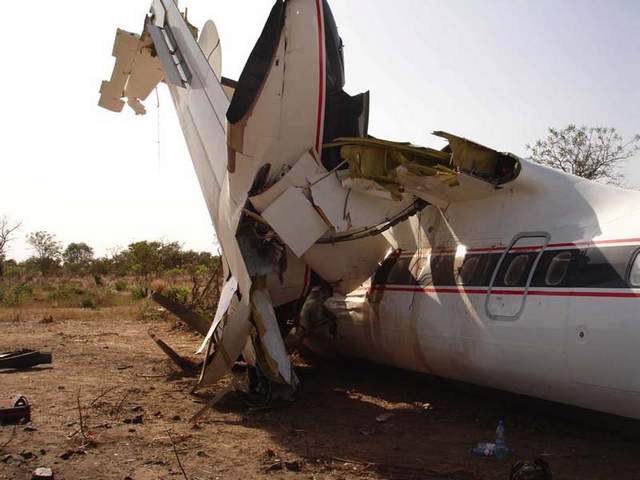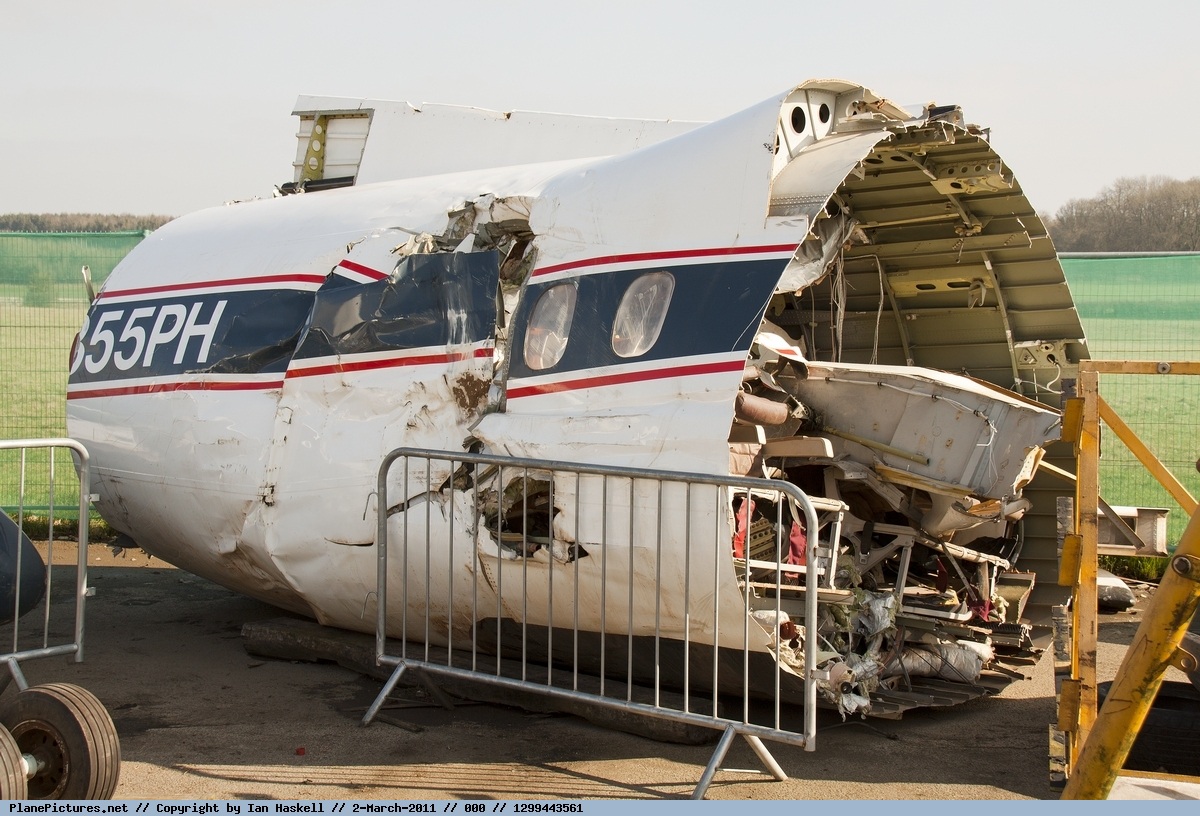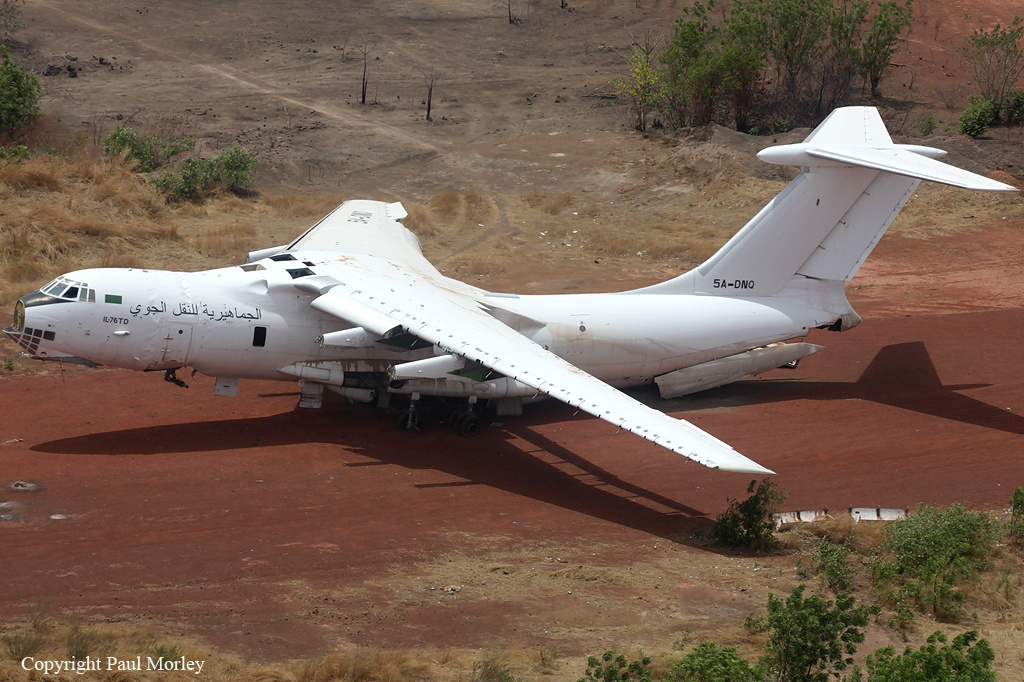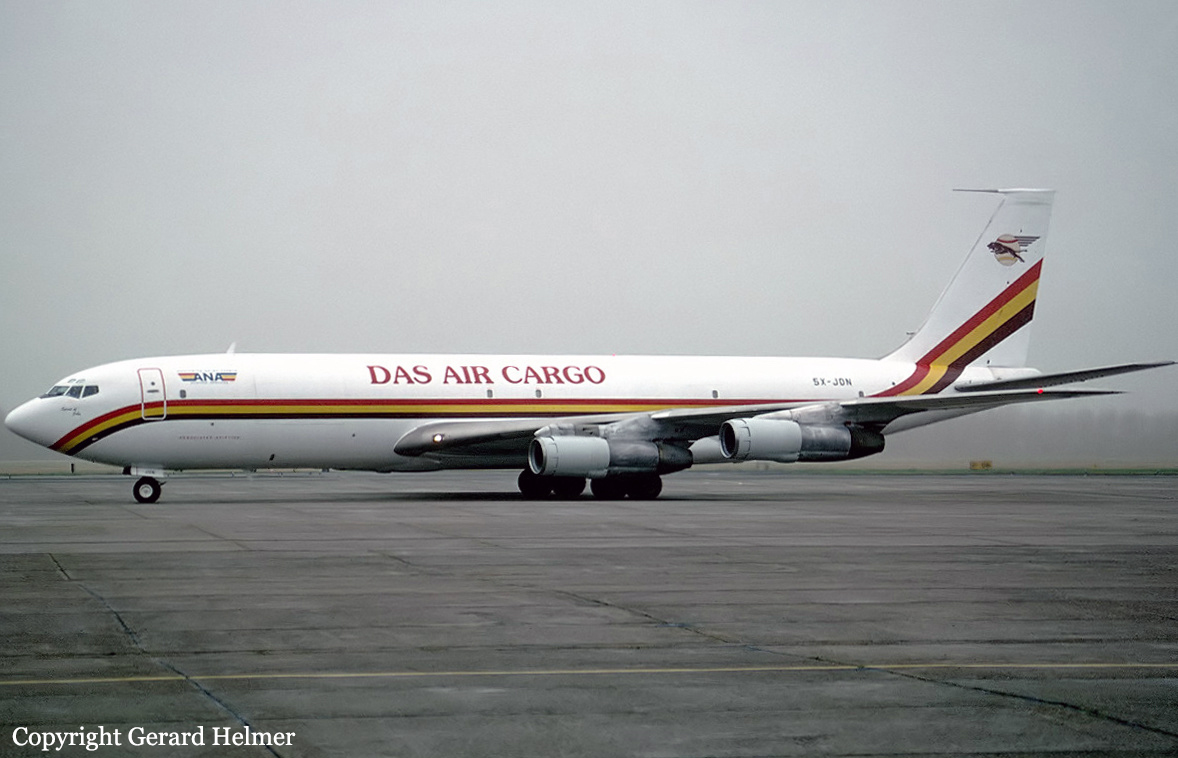Crash of an Ilyushin II-76 in Gao: 2 killed
Date & Time:
Sep 23, 2023 at 0700 LT
Registration:
TZ-98T
Survivors:
Yes
MSN:
10234 11378
YOM:
1992
Crew on board:
2
Crew fatalities:
Pax on board:
0
Pax fatalities:
Other fatalities:
Total fatalities:
2
Circumstances:
After touchdown on runway 06L at Gao Airport, the airplane was unable to stop within the remaining distance. It overran and eventually crashed in a ravine located about 500 meters past the runway end, bursting into flames. There were some casualties as well as few people were rescued. The exact number of victims is unclear. It is believed that the airplane was given to the Malian Air Force by the Wagner Group about a week prior to the accident. Some members of the Wagner Group were on board according to the Malian Authorities. For unknow reasons, the airplane landed too far down the runway, most probably well past the mid runway, reducing the landing distance available. In such conditions, the crew was unable to stop the airplane in due time. It is believed that at least two crew members were killed in the crash.
Video of the accident on the following link:
https://www.linkedin.com/feed/update/urn:li:activity:7112754644249927682/
Video of the accident on the following link:
https://www.linkedin.com/feed/update/urn:li:activity:7112754644249927682/
